The Sydney-based Lowy Institute predicted in a new report on Sunday that development assistance to Southeast Asia will drop to $26.5bn next year from $29bn in 2023.
The figures are billions of dollars below the pre-pandemic average of $33bn.
Bilateral funding is also expected to fall by 20 percent from about $11bn in 2023 to $9bn in 2026, the report said.
The cuts will hit poorer countries in the regions hardest, and “social sector priorities such as health, education, and civil society support that rely on bilateral aid funding are likely to lose out the most”, the report said.
Fewer alternatives
Cuts by Europe and the United Kingdom have been made to redirect funds as NATO members plan to raise defence spending to 5 percent of gross domestic product (GDP) in the shadow of Russia’s war on Ukraine.
The European Union and seven European governments will cut foreign aid by $17.2bn between 2025 and 2029, while this year, the UK announced it will cut foreign aid spending by $7.6bn annually, the report said.
The greatest upset has come from the United States, where earlier this year, President Donald Trump shut down the US Agency for International Development (USAID) and slashed nearly $60bn in foreign assistance. More recently, the US Senate took steps to claw back another $8bn in spending.
The Lowy Institute said governments closer to home, like China, will play an increasingly important role in the development landscape.
“The centre of gravity in Southeast Asia’s development finance landscape looks set to drift East, notably to Beijing but also Tokyo and Seoul,” the report said. “Combined with potentially weakening trade ties with the United States, Southeast Asian countries risk finding themselves with fewer alternatives to support their development.”
After experiencing a sharp decline during the COVID-19 pandemic, Chinese overseas development assistance has started to bounce back, reaching $4.9bn in 2023, according to the report.
Its spending, however, focuses more on infrastructure projects, like railways and ports, rather than social sector issues, the report said. Beijing’s preference for non-concessional loans given at commercial rates benefits Southeast Asia’s middle- and high-income countries, but is less helpful for its poorest, like Cambodia, Myanmar, Laos and East Timor.
As China and institutions like the World Bank and the Asian Development Bank play a more prominent role in Southeast Asia, less clear is how Japan and South Korea can fill in the blanks, according to experts.
Japan, South Korea
Grace Stanhope, a Lowy Institute research associate and one of the report’s authors, told Al Jazeera that both countries have expanded their development assistance to include civil society projects.
“[While] Japanese and Korean development support is often less overtly ‘values-based’ than traditional Western aid, we’ve been seeing Japan especially move into the governance and civil society sectors, with projects in 2023 that are explicitly focused on democracy and protection of vulnerable migrants, for example,” she said.
“The same is true of [South] Korea, which has recently supported projects for improving the transparency of Vietnamese courts and protection of women from gender-based violence, so the approach of the Japanese and Korean development programmes is evolving beyond just infrastructure.”
Tokyo and Seoul, however, are facing similar pressures as Europe from the Trump administration to increase their defence budgets, cutting into their development assistance.
Shiga Hiroaki, a professor at the Graduate School of International Social Sciences at Yokohama National University, said he was more “pessimistic” that Japan could step in to fill the gaps left by the West.
He said cuts could even be made as Tokyo ramps up defence spending to a historic high, and a “Japanese-first” right-wing party pressures the government to redirect funds back home.
“Considering Japan’s huge fiscal deficit and public opposition to tax increases, it is highly likely that the aid budget will be sacrificed to fund defence spending,” he said.

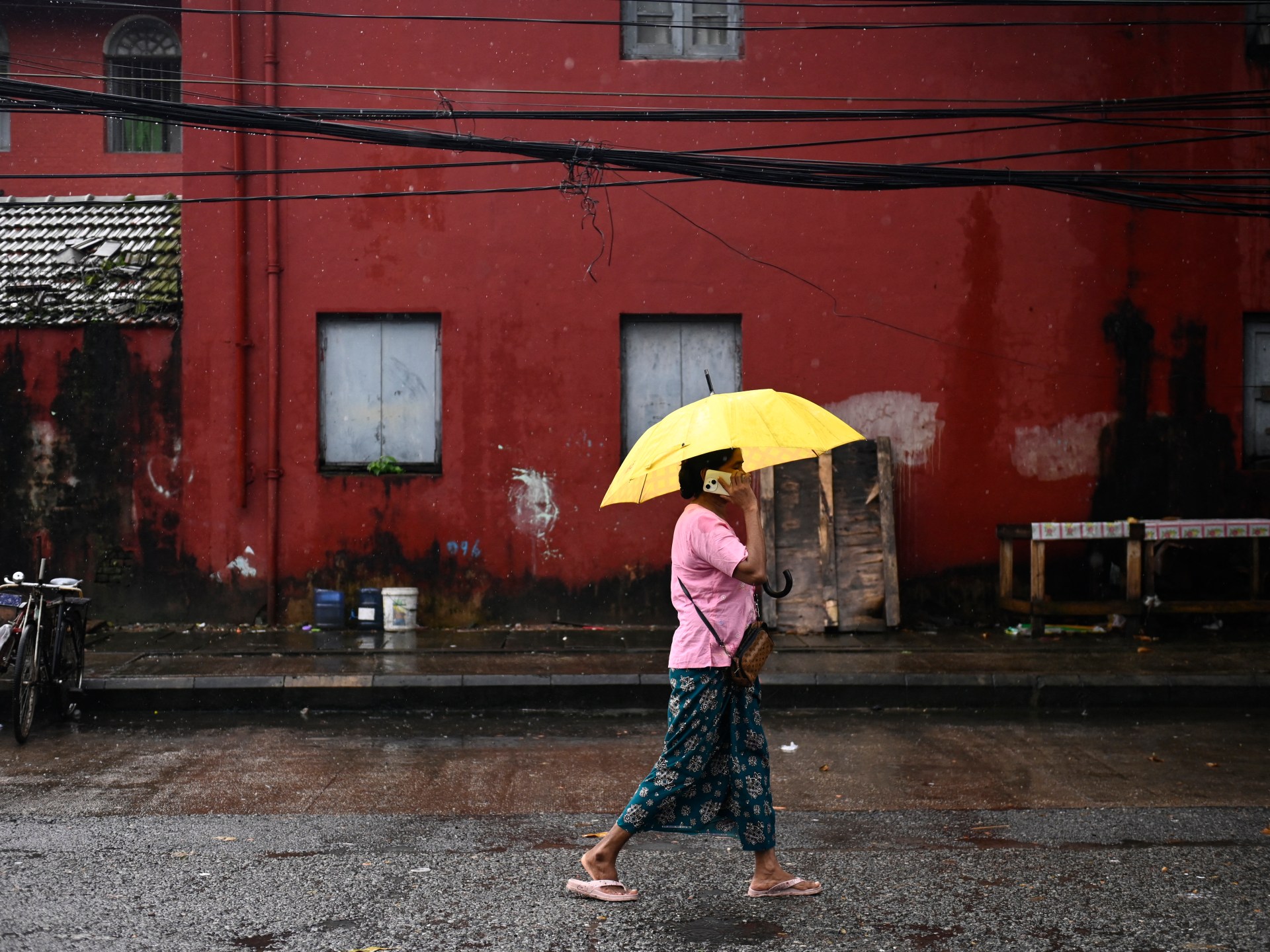


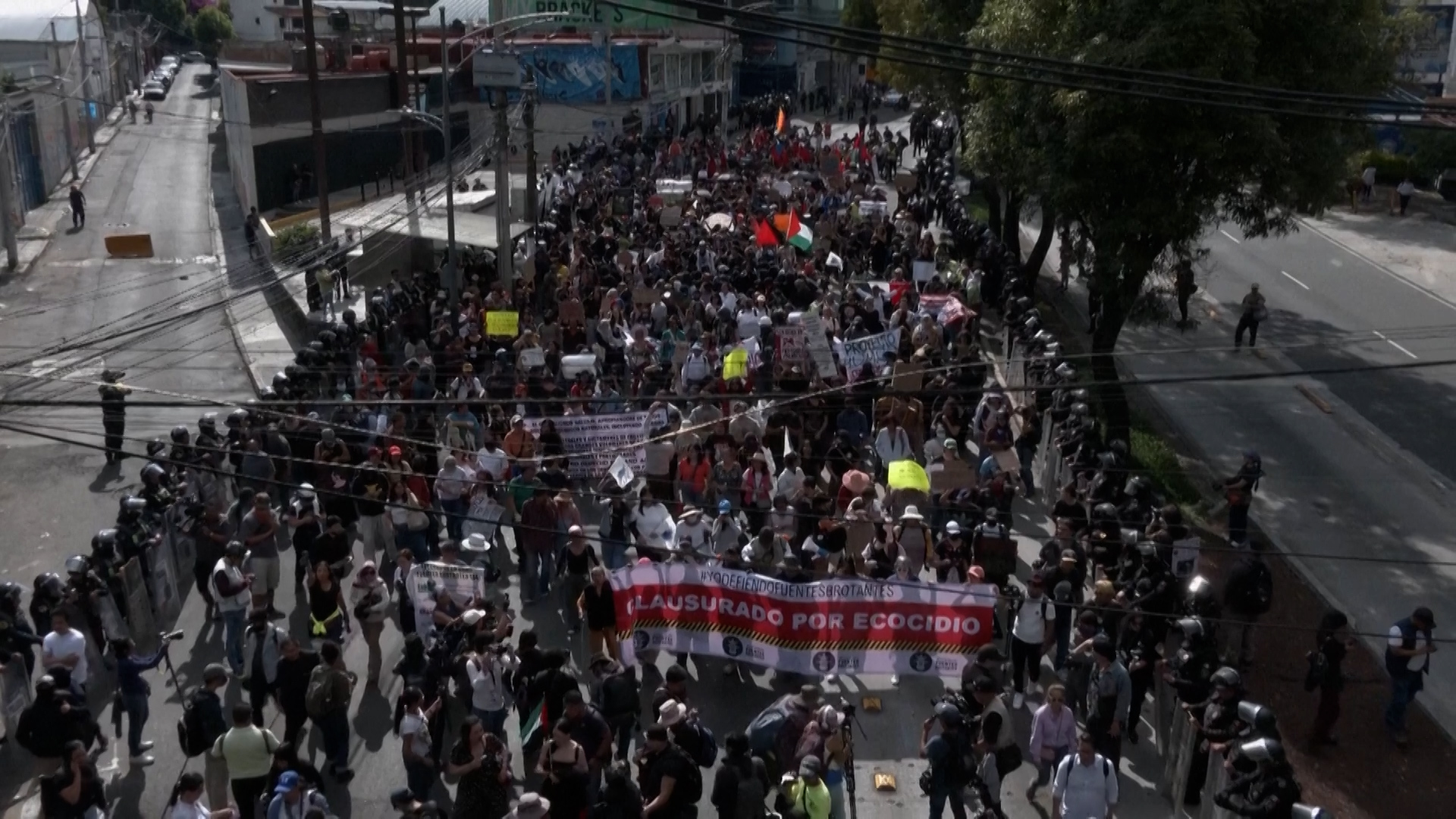

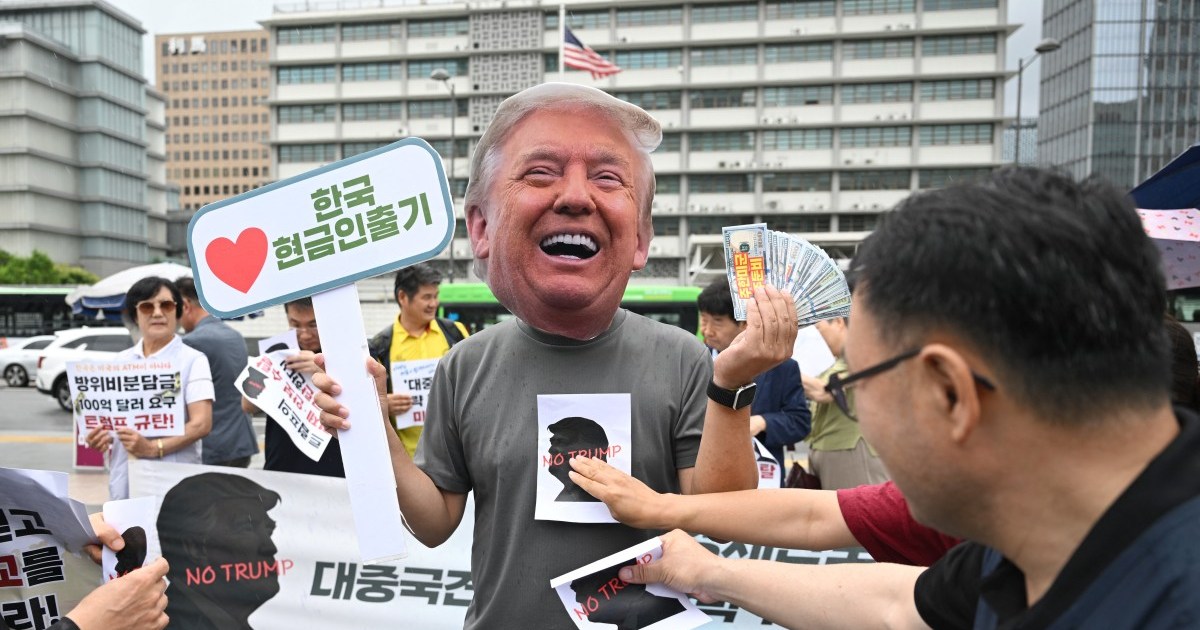
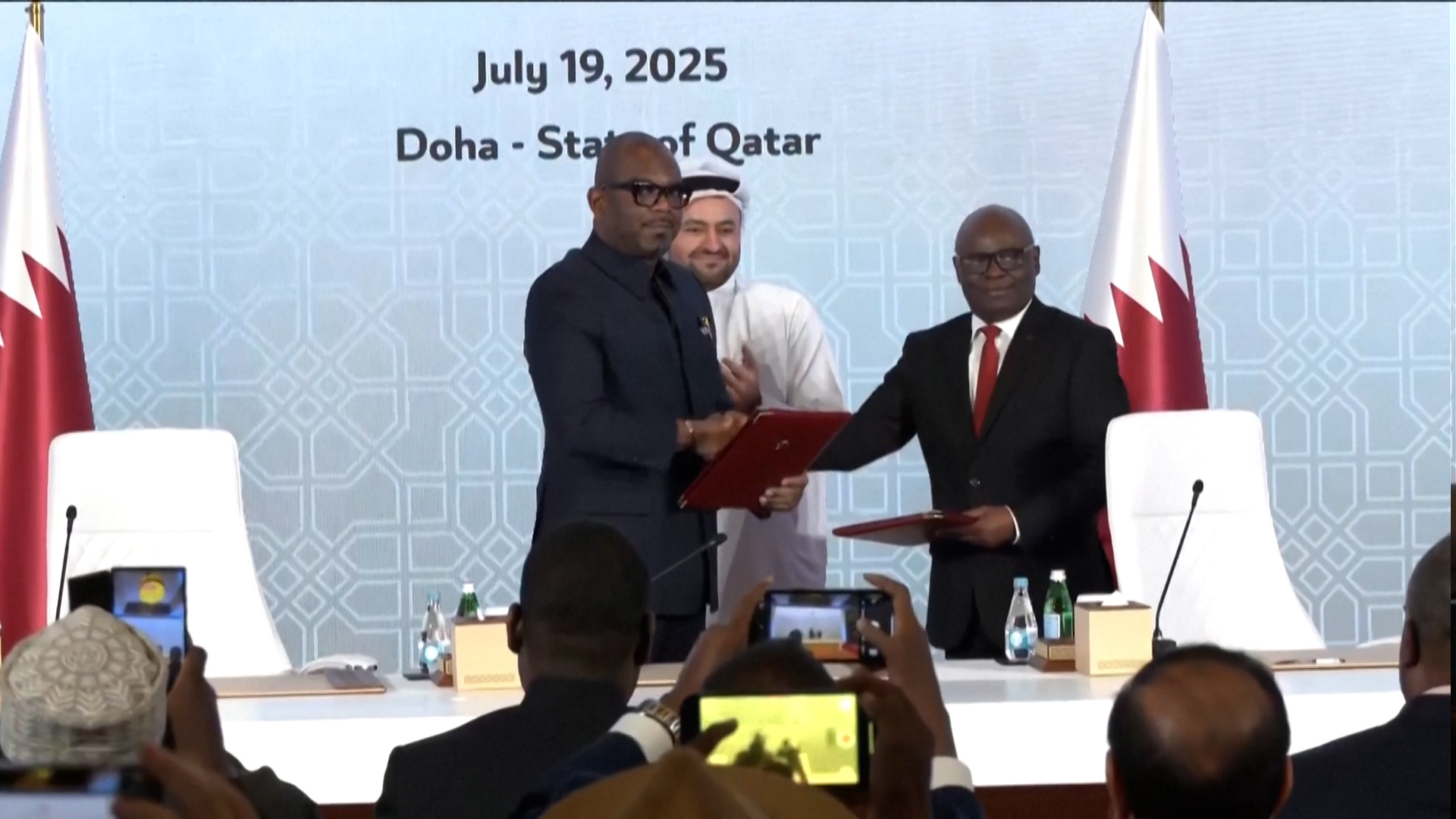
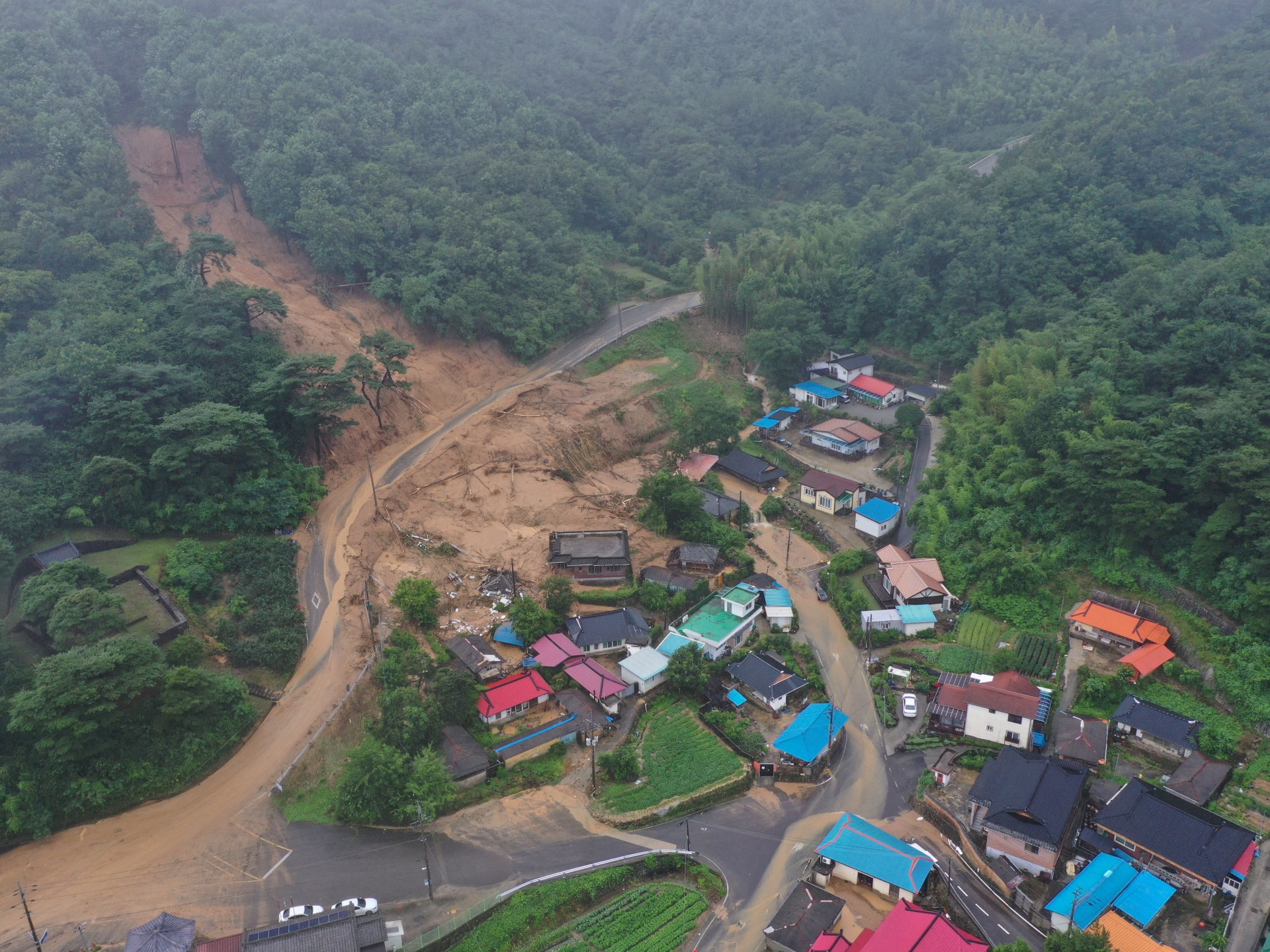
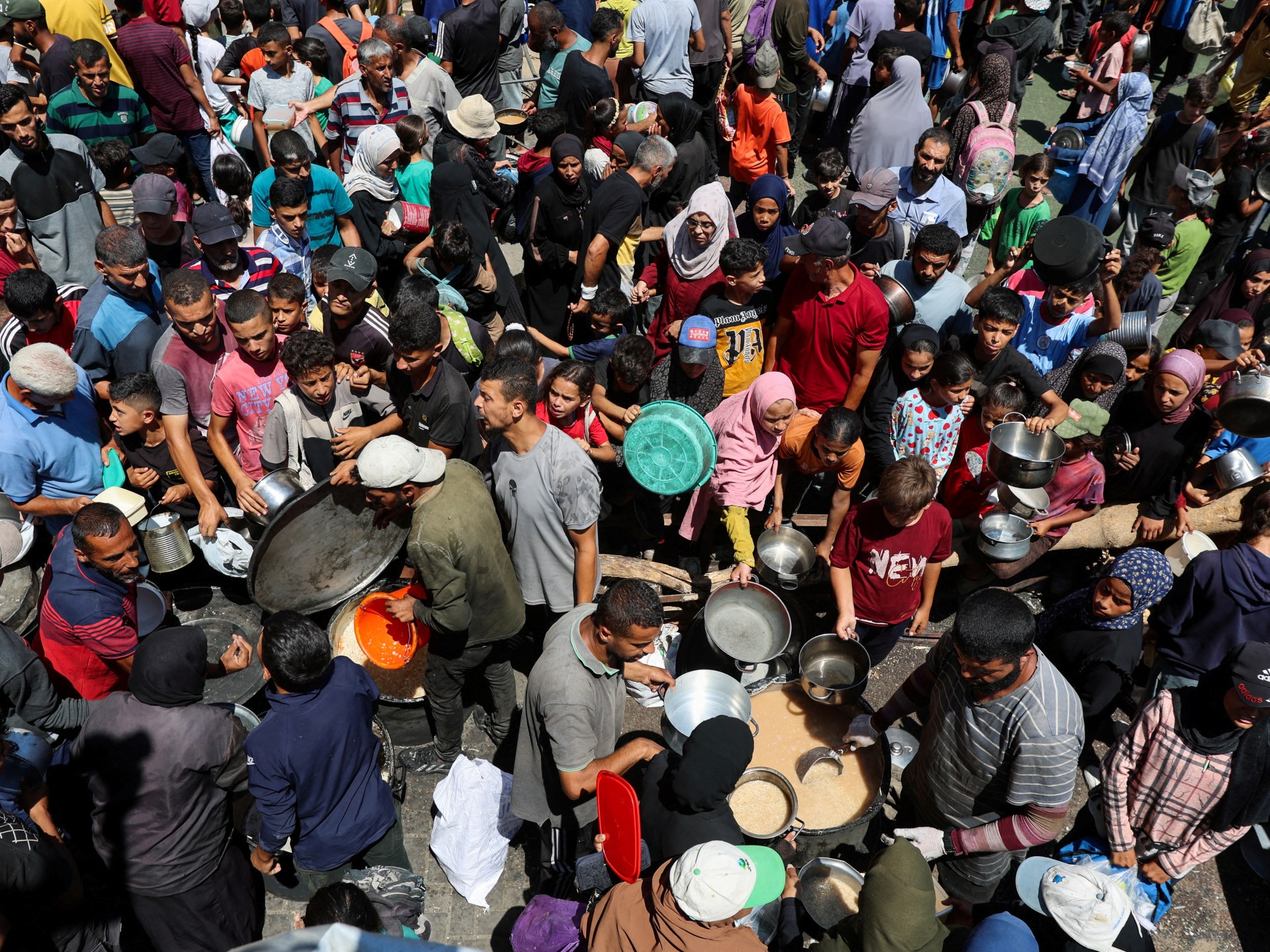

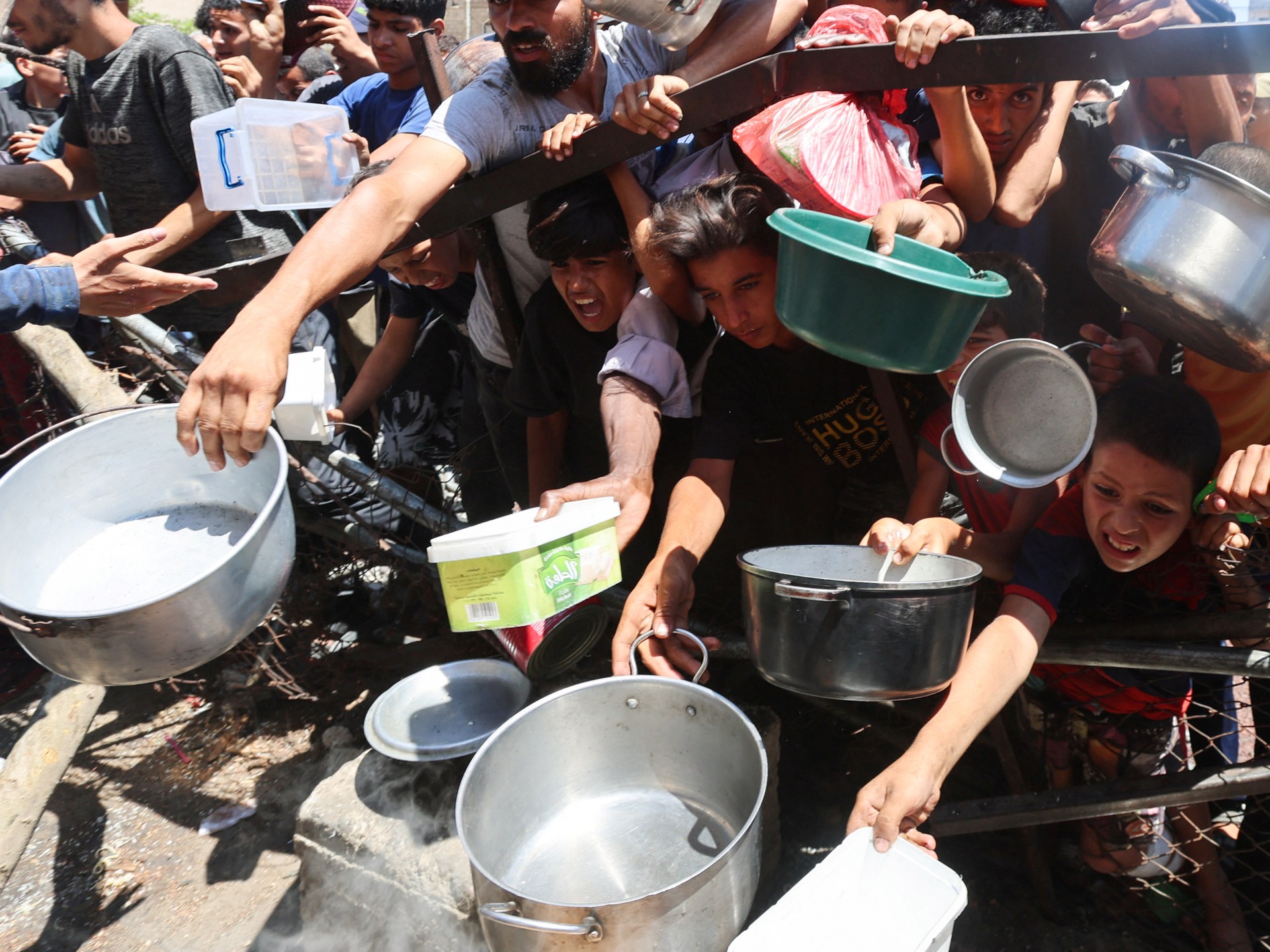




Leave a Reply